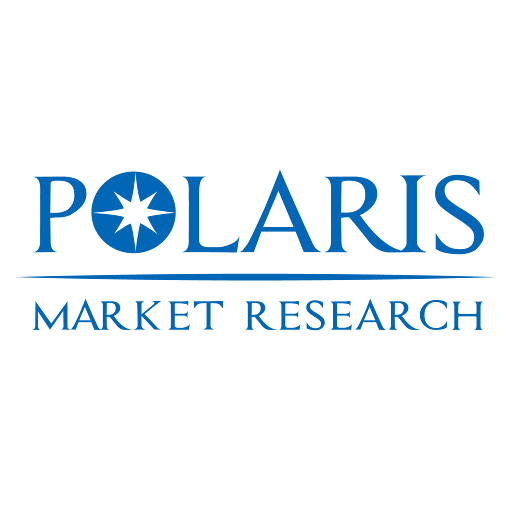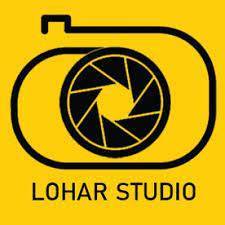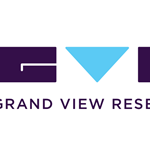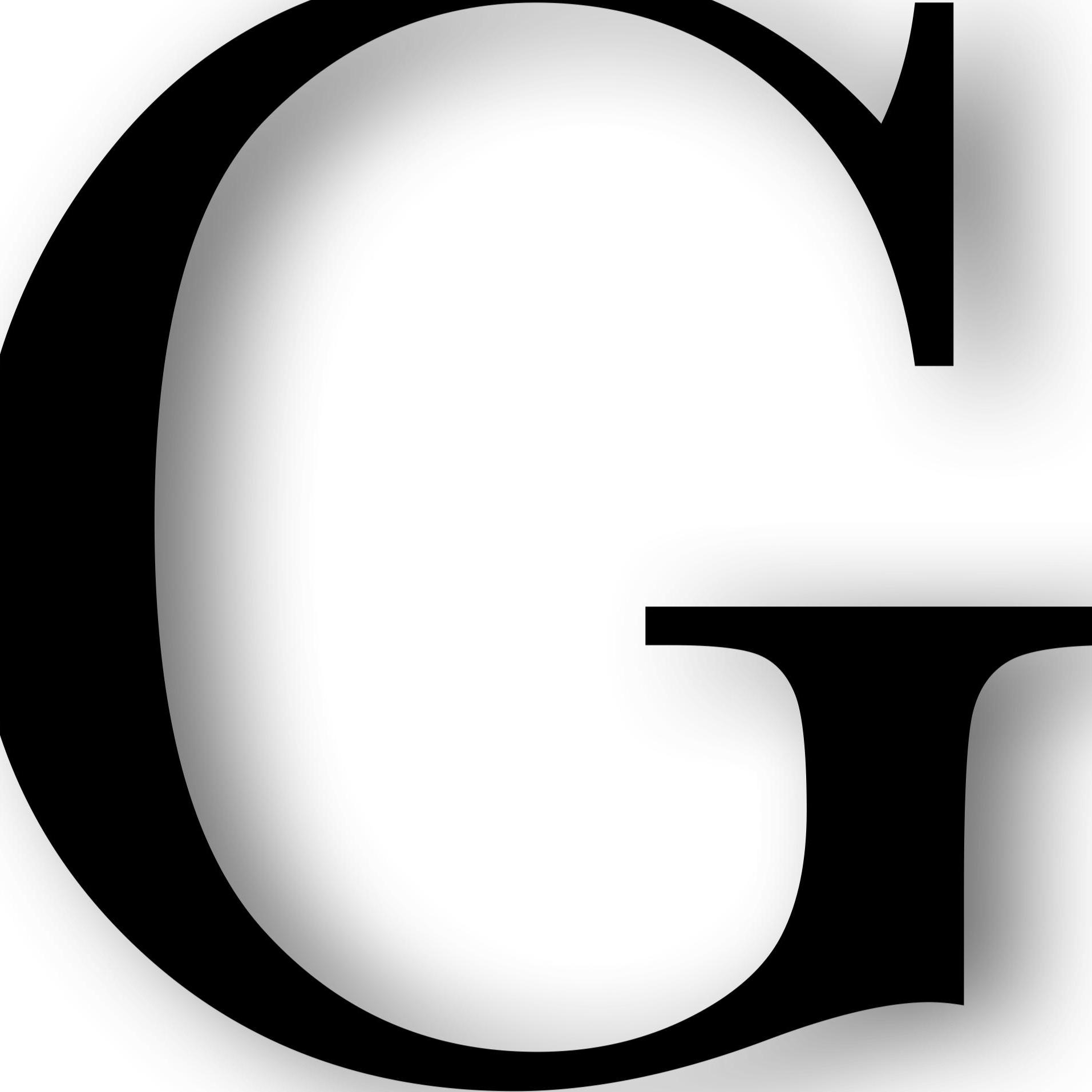The Europe armor materials market is valued at USD 3.10 billion in 2024 and is anticipated to register a CAGR of 7.0 % from 2025 to 2034. This growth underpins Europe’s role not just as a consumer but also as a strategic hub for production, innovation, and material supply for armor systems. Yet competitiveness and value capture will depend heavily on how Europe aligns with dynamics in North America, Asia Pacific, and regional export corridors. In North America, robust U.S. defense procurement, scale, and budget support push high-end armor materials demand, especially for next-generation vehicle, aerospace, and soldier systems. European exporters of armor ceramics, composites, or high-hardness steels must contend with cross-border tariffs, certification regimes (e.g. MIL-STD vs European standards), and logistics overhead, making competitive regional manufacturing trends increasingly important. In Asia Pacific, rapid defense modernization in China, India, South Korea, and Southeast Asia is fueling appetite for advanced armor materials, but import dependency, localization pressures, and trade-barrier risk force European suppliers to consider establishing regional finishing or assembly hubs to buffer cross-border supply chains. Market penetration strategies increasingly revolve around licensing, joint ventures, offset obligations, and regional technical service networks to overcome trade corridors and regulatory friction.
Drivers in Europe include the strategic imperative of defense sovereignty, rising European defense budgets (via EU, NATO, national programs), and modern vehicle upgrade cycles (e.g. next generation combat systems). The push for lighter, stronger, multi-threat armor—such as ceramic-composite hybrids, high-hardness steel, and smart armor—accelerates material innovation. The EU’s emphasis on security of supply and reduced dependence on external sources offers structural support for domestic armor material investment. However, restraints include high raw material costs (especially critical ceramics, specialty fibers, rare alloys), long lead times for qualification, regulatory complexity across EU states, and reliance on a few major suppliers. Europe also faces supply risk from dependencies on non-European raw materials. According to the EU and NATO, Europe remains dependent on key critical raw materials (such as aluminum, steel, copper, germanium) for defense applications, with significant import reliance from China.
Opportunities lie in internalizing value through regional manufacturing trends—building ceramic sintering, composite layup, and high-hardness steel plants in Europe. Strengthening cross-border supply chain cooperation under EU frameworks, and cluster strategies that encourage shared defense material hubs (e.g. European defense materials corridors), can reduce latency and cost. Market penetration strategies leveraging European content, certification alignment across NATO and EU standards, and forming alliances with local integrators or primes improve acceptance. Trends to monitor include consolidation of specialized armor material firms, vertical integration into module-level armor assembly, smart or sensor-enabled armor, additive manufacturing of graded composite plates, and reuse or recycling of advanced armor materials to reduce dependency on imports.
Read More @ https://www.polarismarketresearch.com/industry-analysis/europe-armor-materials-market
In Europe, material suppliers must adopt penetration strategies that highlight European content, dual certification (EU/NATO/US standards), and robust after-sales support. The ability to service cross-border demand across France, Germany, Poland, Spain, and Nordic nations gives competitive advantage. In North America, European suppliers must trade-off export margins versus local manufacturing footprint; in Asia Pacific, they must localize finishing or assembly to avoid tariff and import friction. Cross-border supply chains of ceramic powders, fiber preforms, resin systems, high-hardness steel plates, and finishing modules all impact lead times, cost, and margin stacking.
Because only a handful of firms combine deep material expertise, multinational reach, and resilient operations, the competitive landscape is relatively consolidated. The top players with substantial presence in European armor materials include:
- DuPont de Nemours, Inc.
- Teijin Limited
- 3M Company
- Honeywell International Inc.
- ArcelorMittal (Industeel / MARS series)
These companies not only develop advanced fibers, ceramics, and steel armor, but also maintain European processing capability, cross-border supply chains, and defense-grade certification track records. Their strategic position rests on combining material innovation with disciplined regional execution. As the Europe armor materials market grows at an estimated 7.0 % CAGR, those suppliers that master penetration strategies, local content, and supply resilience will be best positioned to capture value and defend leadership.
More Trending Latest Reports By Polaris Market Research:
Singapore, Malaysia, and China Corporate Secretarial Services Market
North America and Europe Open RAN Market







